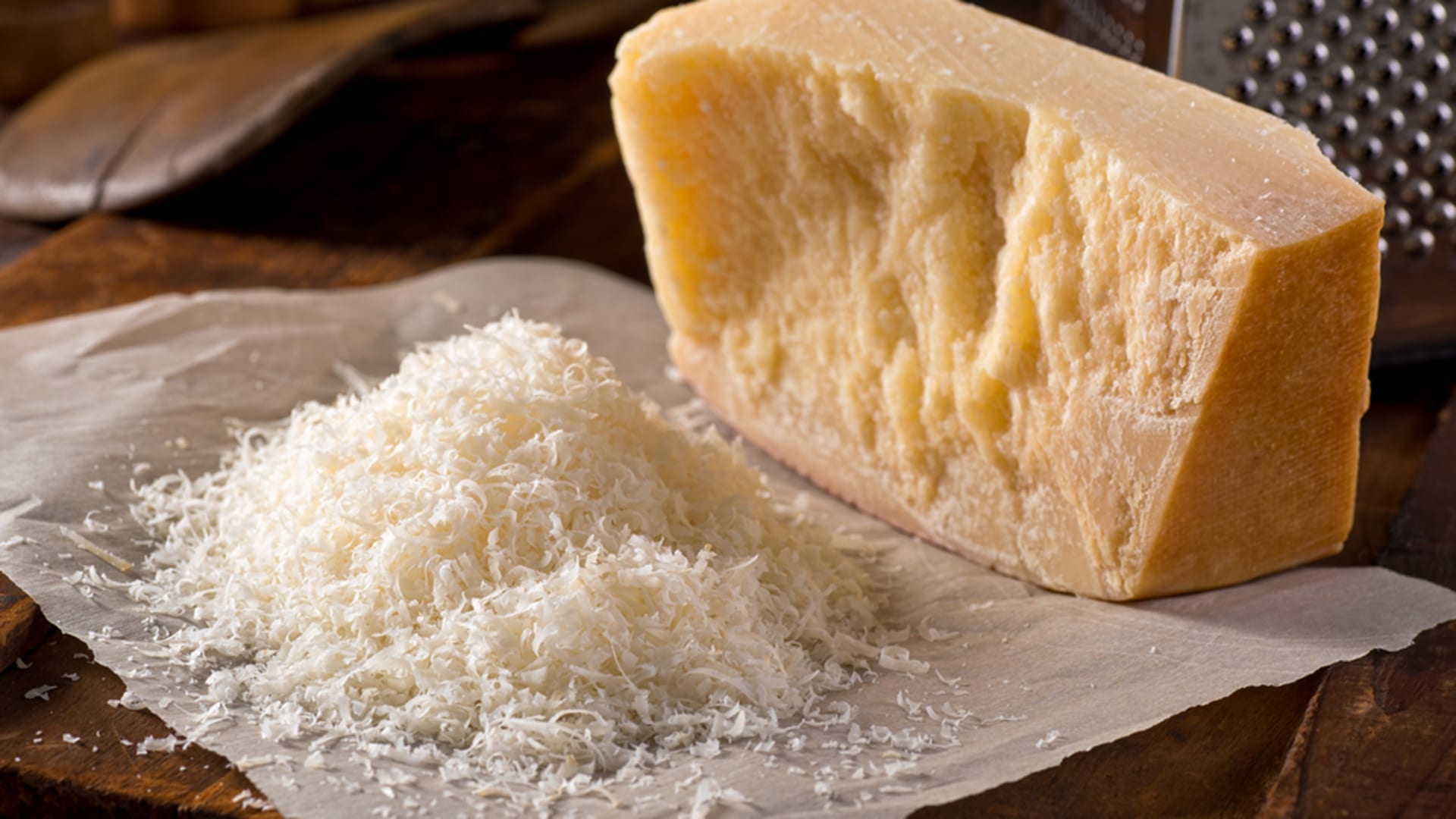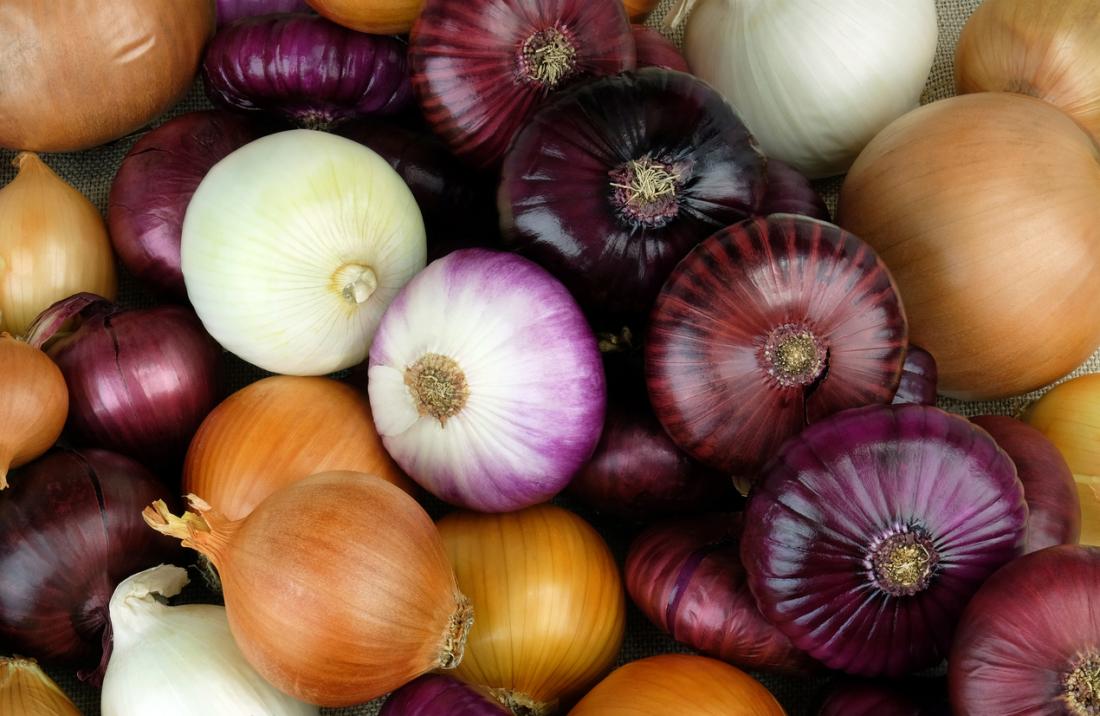Foods should be prepared and handled in such a way that they prevent food-borne illness. Use appropriate cooking methods to minimize the loss of fibre & micronutrients.
- Eat fresh fruits & vegetables raw whenever possible,but only after washing them thoroughly.Fruits and vegetables need to be scrubbed and cleaned with clean water; this is even more important, if they are to be eaten raw.
- Cut fruits which have not been appropriately washed before cutting and not covered, are a source of infection and should not be eaten.
- Nutrients are concentrated close to the peel/skin. Avoid unnecessary peeling & scraping of fruits & vegetables .
- Wash vegetables before chopping. Do not leave cut vegetables soaked in water, it drains the nutrition.
- Cook vegetables in minimum water till they are just done. DO NOT OVER COOK!!
* Consume whole fruits & vegetables rather than their juices.
Following are some points which should be inculcated in day-to-day life.
- De-weed the green leafy vegetables & then wash them, repeatedly in clean water till they are free from dirt/mud
- Wash & Soak and scrub the vegetables/fruits in water & then scrape. (Soaking and scrubbing removes pesticides, preservatives present on the surface. Vendors polish the brinjals & apples with engine oil to give a shinning look, so soak & scrub them thoroughly). Try not to buy them artificially colored, coated, waxed fruits and vegetables
- Cruciferous vegetables should be soaked in boiled water to remove worms.
- Raw Vegetable/Fruits for Salads should be washed thoroughly in running water before cutting.
- Most street vendors who sell cut fruit don’t maintain adequate hygienic precautions.(unclean water, unclean knifes, uncovered cut fruits, unclean hands which hold the cut fruits) NGOs and other agencies and television spots need to educate street vendors about hygeine issues. Do not consume cut fruits, from the street vendors.
Daily regular consumption of fruits leads to lower risk of high blood pressure, stroke (paralysis), coronary artery disease, cancer, diabetes & other chronic diseases. It also enhances the body’s immune system, prevents acute diseases and delays aging. It lowers blood pressure in persons already having high blood pressure. he beneficial effects of fruits & vegetables are due to a unique combination and presence of :
Flavonoids and other pigments from fruits and vegetables.
There are thousands of known plant pigments, including flavonoids, carotenoids and anthocyanins. Flavonoids are phenolic compounds which occur in all fruits and vegetables. Cherries, red grapes, green beans, red and yellow onions, apples, broccoli and tea are major sources. Flavonoids have known antioxidant activities. Anthocyanins are found in berries, jamuns, phalsa, shatoot, ber, pomegranate and cherries, they may help to reduce the risk of heart disease by inhibiting cholesterol formation.
It is recommended that all age groups should consume a minimum of 200-300 gms of fruits daily(along with a minimum of 250 gms or more of vegetables). The more the better. If the intake of vegetables is low then there should be a compensatory stepping up of fruit intake in ones daily life. Preferably include a variety of fruits which are seasonal, cheap & easily available. Locally available seasonal cheap berries are also very beneficial. Try & include more of citrus fruits .






Be the first to comment on "Safety and hygeine – Fruits & Vegetables"